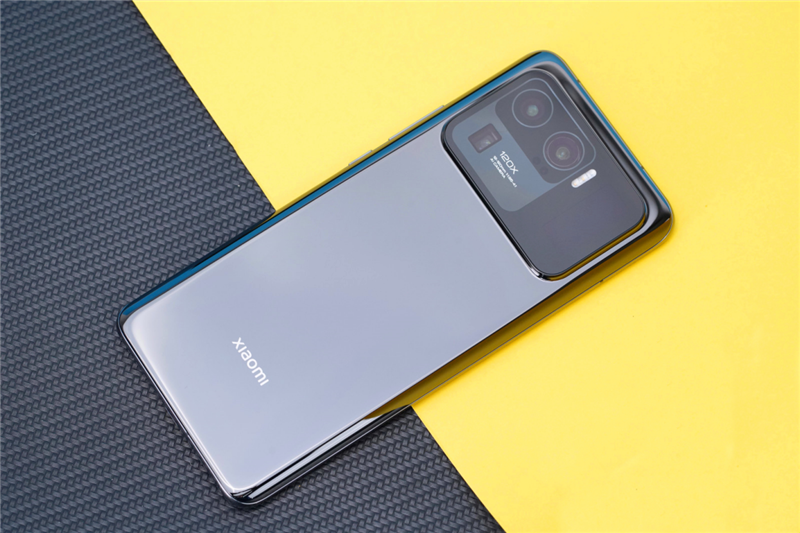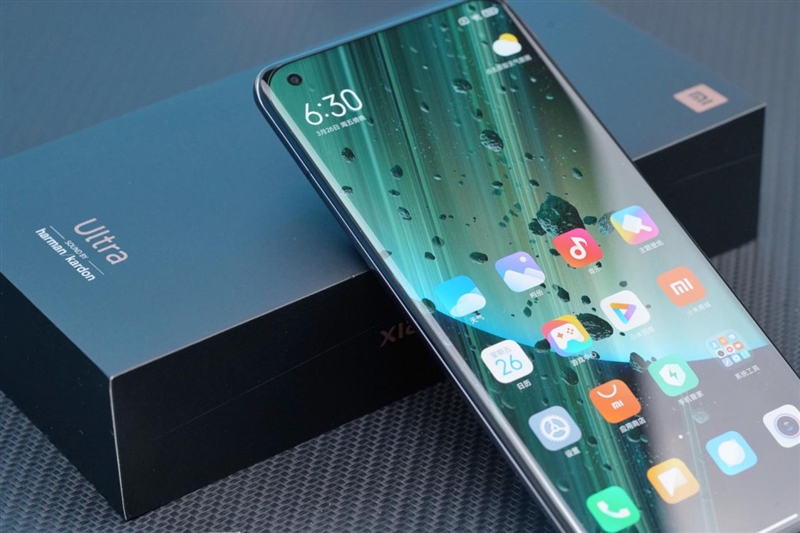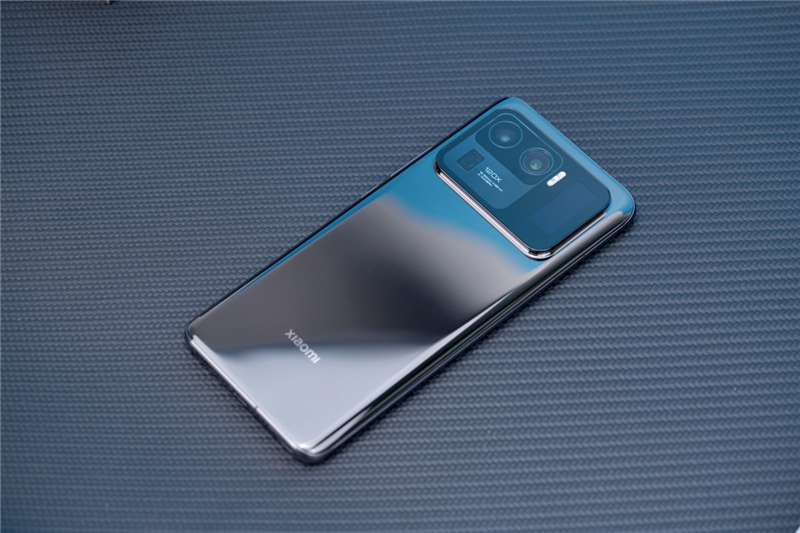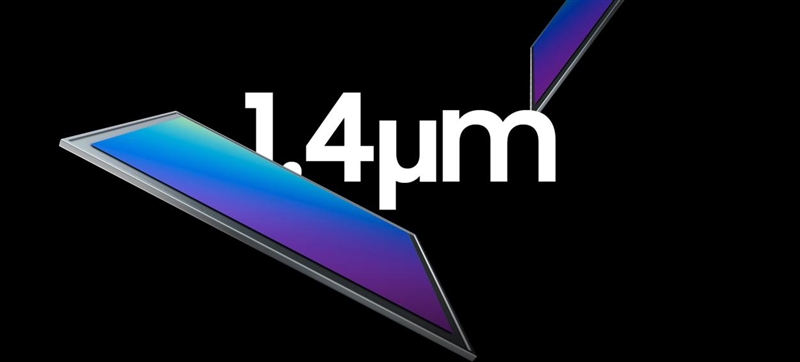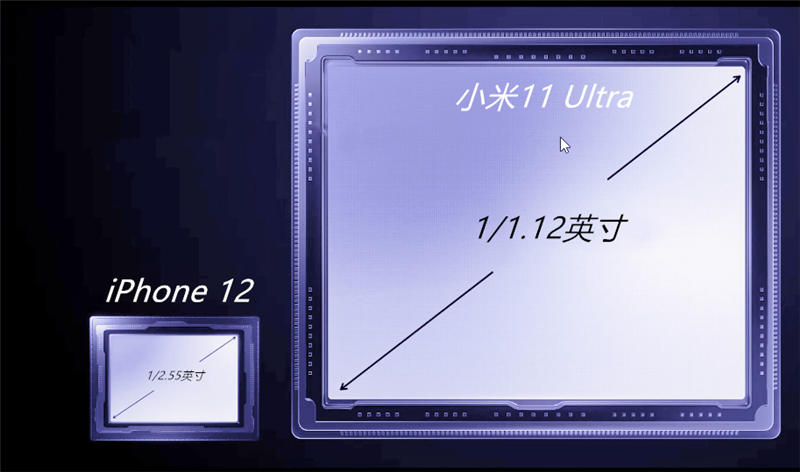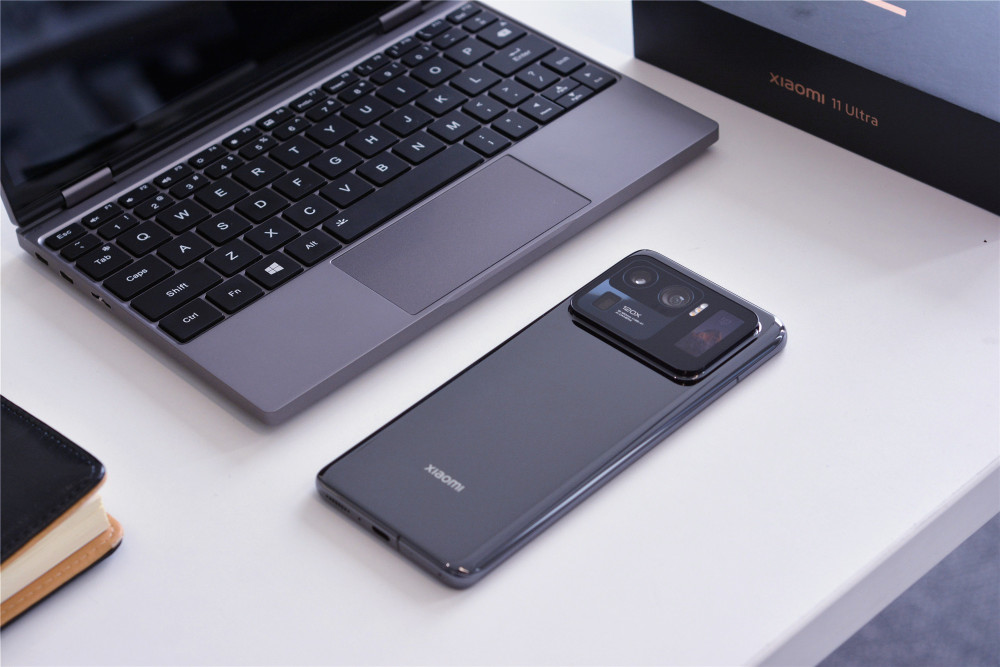Skip to contentHowever, even if the launch event was split, there were many products released. In the first half, three mobile phones, two wireless fast charging docks, a router, and a new bracelet were launched, which is full of sincerity. Let’s take a look at the three phones first.Xiaomi Mi 11Pro, Mi 11 Ultra, Mi 11 Lite
Xiaomi put the Mi 11 Pro in the position of Android King, showing that they have absolute confidence in the strength of this phone. Xiaomi Mi 11 Pro is designed in three colors, black, purple, and green. The elements continue the design of Xiaomi Mi 11, and the AG frosted glass on the back feels excellent.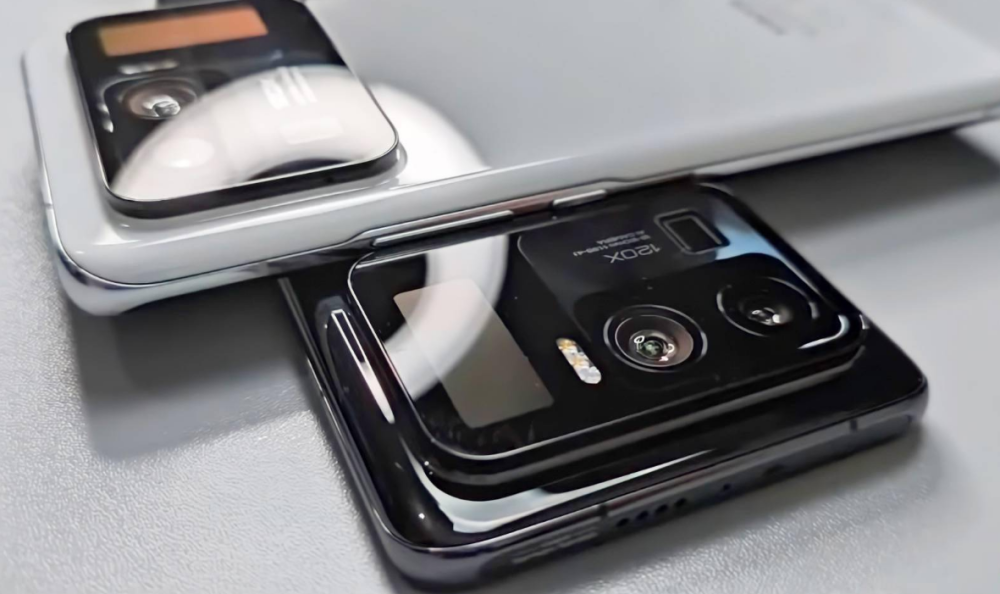 In terms of screens, Xiaomi 11 Pro and Xiaomi 11 use the same model. The AMOLED quad micro-curved screen shows a pretty good display effect at a refresh rate of 2K+120Hz. And the processor must be the Snapdragon 888. In order to reflect Xiaomi’s absolute dominance on the Snapdragon 888, Lei Jun first came with a wave of Genshin Impact running scores. In the highest image quality of Genshin Impact, under the limit test of 30 minutes, Xiaomi Mi 11 Pro achieved an average frame rate of 58.2 fps and a good result of no more than 50 degrees of heat. This performance is better than most e-sports mobile phones. This good result is because Xiaomi has integrated a brand new phase-change thermal conductivity material in the mobile phone this time.According to the statement at the launch conference, this gadget can convert from a solid state to a liquid state when the temperature of the mobile phone rises and can conduct heat away from the processor faster.Next are the battery and charging. This time Xiaomi 11 Pro uses a 5,000mAh large-capacity battery, which can meet the 5 hours of heavy use under the operation of 2K+120Hz. For the battery life, Xiaomi can rank first among other mobile phones.There is also a reason for this performance. Xiaomi has adopted a brand new silicon oxide negative electrode battery in Mi 11 Pro, which achieves 20 tabs, and the energy density has been greatly improved. In this new battery technology, Xiaomi is equipped with 67W wired and wireless fast charging, which can charge from 0 to 100% in 36 minutes, and achieves the same charging speed no matter wired or wireless.I have to say that such black technology is still very friendly to the charging experience, and it is likely to be a future trend. The mobile phone supports wireless fast charging, still, the accessories cannot be dropped. This time Xiaomi launched an 80W wireless charging base, which can charge vertically or horizontally.Also, Xiaomi broke through the technical bottleneck and released a wireless charging board that can charge multiple devices. It integrates 19 charging coils on a small board, which was really impressive. Xiaomi also added some technologies that had never been used before. For example, the IP68 waterproof and dustproof certification. The Mi 11 Pro can still operate normally when it is immersed in a water depth of 1.5m for 30 minutes. The above is the main content of Xiaomi 11 Pro, and the next is the highlight, the Mi 11 Ultra. Xiaomi called this phone as the Light of Android. The back design of the Mi 11 Ultra reminds me of the Nokia 808. Although this big knot is a bit ugly, it’s still quite coordinated overall.The configuration of the Mi 11 Ultra is roughly the same as that of the Mi 11 Pro. The biggest difference lies in its imaging system and the small secondary screen at the back. Let’s put the camera behind for a single chat and look at this small secondary screen first.The small secondary screen on the back of the Ultra supports information notification reminders, push functions, and other functions. Like the large screen on the front, it can also be an off-screen display, which can meet the custom time, weather, and personalized text. At the same time, it can also be used as a rear-camera selfie screen, a bit like the previous Samsung and Moto folding screens. This secondary screen can also last 55 hours of standby time when the phone is out of power.Finally, Let’s take a look at the Mi 11 LiteIn fact, the main feature of this phone is thin and light. With a 4,250mAh battery inserted, the Mi 11 Lite achieves a weight of 159g and a thickness of 6.81mm. It’s even lighter than the Meizu 18. However, the Xiaomi Mi 11 Lite did not carry the new flagship product of Qualcomm Snapdragon 888. Instead, it is newly equipped with a chip called Snapdragon 780G. This chip is the second Qualcomm 5nm chip, but it is essentially a 7-series mid-range positioning chip, but the Xiaomi Mi 11 Lite can reach 56W points in terms of running scores. This time, the imaging system of Mi 11 Pro and Mi 11 Ultra can be said to be very powerful.In terms of hardware, Xiaomi Mi 11 Ultra uses a 50-megapixel super-outbase custom main camera GN2 + 48-megapixel 128 ° ultra-wide-angle + 48-megapixel 120X ultra-telephoto.Among them, the world’s first Samsung GN2 main camera sensor’s size is as high as 1/1.12 inches, which is close to one inch, and the single-size pixel of the sensor has reached 1.4 μm, which can be called the super outbase in the mobile phone camera.How big is it? You can see the comparison between this sensor and the main camera of the iPhone 12 Pro.The Mi 11 Ultra ultra-wide-angle and telephoto lenses also use the main camera-level IMX586 sensor. Whether it is the main camera, wide-angle, or telephoto, it supports 8K resolution video shooting. This lineup is really luxurious. The Mi 11 Pro rear camera also uses the same main camera module as the Mi 11 Ultra and is equipped with a 13-megapixel ultra-wide-angle and a maximum 50x zoom periscope telephoto lens, achieving full coverage from wide-angle to telephoto in one fell swoop.In terms of technology, what firstly released with the GN2 is the full-pixel Omni-directional eight-core focusing technology and multi-point ToF focusing system, as well as the night owl algorithm independently developed by Xiaomi.The first two black technologies can provide faster and more accurate autofocus for mobile phones. The latter can simulate a 30-second long exposure in the hand, which significantly improves the picture quality of the phone in extreme low-light scenes. At the same time, the dual native ISO Fusion and single-frame progressive HDR technologies were also used by Xiaomi on the Mi 11 Pro and Mi 11 Ultra. With the blessing of these two HDR technologies, the mobile phone can take photos with greater dynamic range, better latitude, and better noise control even in scenes with particularly high contrast between light and dark.In terms of prices of these three phone, there are three capacity versions of Mi 11 Pro, 8GB RAM+128GB storage is priced at ¥4,999 (around $761), 8GB RAM+256GB storage is preced at ¥5299 (around $807), and 12GB RAM+256GB storage is priced at ¥5699 (around $867). Mi 11 Ultra, which has the ultimate video experience, also has three capacity versions. 8GB RAM+256GB storage is priced at ¥5999 (around $913), 12GB RAM+256GB storage is priced at ¥6499 (around $989), and 12GB RAM+512GB storage is priced at ¥6999 (around $1065). For the Mi 11 Lite, the 8GB RAM +128 storage is priced at ¥2299 (around $349), the 8GB RAM +256 storage is priced at ¥2599 (around $395).
In terms of screens, Xiaomi 11 Pro and Xiaomi 11 use the same model. The AMOLED quad micro-curved screen shows a pretty good display effect at a refresh rate of 2K+120Hz. And the processor must be the Snapdragon 888. In order to reflect Xiaomi’s absolute dominance on the Snapdragon 888, Lei Jun first came with a wave of Genshin Impact running scores. In the highest image quality of Genshin Impact, under the limit test of 30 minutes, Xiaomi Mi 11 Pro achieved an average frame rate of 58.2 fps and a good result of no more than 50 degrees of heat. This performance is better than most e-sports mobile phones. This good result is because Xiaomi has integrated a brand new phase-change thermal conductivity material in the mobile phone this time.According to the statement at the launch conference, this gadget can convert from a solid state to a liquid state when the temperature of the mobile phone rises and can conduct heat away from the processor faster.Next are the battery and charging. This time Xiaomi 11 Pro uses a 5,000mAh large-capacity battery, which can meet the 5 hours of heavy use under the operation of 2K+120Hz. For the battery life, Xiaomi can rank first among other mobile phones.There is also a reason for this performance. Xiaomi has adopted a brand new silicon oxide negative electrode battery in Mi 11 Pro, which achieves 20 tabs, and the energy density has been greatly improved. In this new battery technology, Xiaomi is equipped with 67W wired and wireless fast charging, which can charge from 0 to 100% in 36 minutes, and achieves the same charging speed no matter wired or wireless.I have to say that such black technology is still very friendly to the charging experience, and it is likely to be a future trend. The mobile phone supports wireless fast charging, still, the accessories cannot be dropped. This time Xiaomi launched an 80W wireless charging base, which can charge vertically or horizontally.Also, Xiaomi broke through the technical bottleneck and released a wireless charging board that can charge multiple devices. It integrates 19 charging coils on a small board, which was really impressive. Xiaomi also added some technologies that had never been used before. For example, the IP68 waterproof and dustproof certification. The Mi 11 Pro can still operate normally when it is immersed in a water depth of 1.5m for 30 minutes. The above is the main content of Xiaomi 11 Pro, and the next is the highlight, the Mi 11 Ultra. Xiaomi called this phone as the Light of Android. The back design of the Mi 11 Ultra reminds me of the Nokia 808. Although this big knot is a bit ugly, it’s still quite coordinated overall.The configuration of the Mi 11 Ultra is roughly the same as that of the Mi 11 Pro. The biggest difference lies in its imaging system and the small secondary screen at the back. Let’s put the camera behind for a single chat and look at this small secondary screen first.The small secondary screen on the back of the Ultra supports information notification reminders, push functions, and other functions. Like the large screen on the front, it can also be an off-screen display, which can meet the custom time, weather, and personalized text. At the same time, it can also be used as a rear-camera selfie screen, a bit like the previous Samsung and Moto folding screens. This secondary screen can also last 55 hours of standby time when the phone is out of power.Finally, Let’s take a look at the Mi 11 LiteIn fact, the main feature of this phone is thin and light. With a 4,250mAh battery inserted, the Mi 11 Lite achieves a weight of 159g and a thickness of 6.81mm. It’s even lighter than the Meizu 18. However, the Xiaomi Mi 11 Lite did not carry the new flagship product of Qualcomm Snapdragon 888. Instead, it is newly equipped with a chip called Snapdragon 780G. This chip is the second Qualcomm 5nm chip, but it is essentially a 7-series mid-range positioning chip, but the Xiaomi Mi 11 Lite can reach 56W points in terms of running scores. This time, the imaging system of Mi 11 Pro and Mi 11 Ultra can be said to be very powerful.In terms of hardware, Xiaomi Mi 11 Ultra uses a 50-megapixel super-outbase custom main camera GN2 + 48-megapixel 128 ° ultra-wide-angle + 48-megapixel 120X ultra-telephoto.Among them, the world’s first Samsung GN2 main camera sensor’s size is as high as 1/1.12 inches, which is close to one inch, and the single-size pixel of the sensor has reached 1.4 μm, which can be called the super outbase in the mobile phone camera.How big is it? You can see the comparison between this sensor and the main camera of the iPhone 12 Pro.The Mi 11 Ultra ultra-wide-angle and telephoto lenses also use the main camera-level IMX586 sensor. Whether it is the main camera, wide-angle, or telephoto, it supports 8K resolution video shooting. This lineup is really luxurious. The Mi 11 Pro rear camera also uses the same main camera module as the Mi 11 Ultra and is equipped with a 13-megapixel ultra-wide-angle and a maximum 50x zoom periscope telephoto lens, achieving full coverage from wide-angle to telephoto in one fell swoop.In terms of technology, what firstly released with the GN2 is the full-pixel Omni-directional eight-core focusing technology and multi-point ToF focusing system, as well as the night owl algorithm independently developed by Xiaomi.The first two black technologies can provide faster and more accurate autofocus for mobile phones. The latter can simulate a 30-second long exposure in the hand, which significantly improves the picture quality of the phone in extreme low-light scenes. At the same time, the dual native ISO Fusion and single-frame progressive HDR technologies were also used by Xiaomi on the Mi 11 Pro and Mi 11 Ultra. With the blessing of these two HDR technologies, the mobile phone can take photos with greater dynamic range, better latitude, and better noise control even in scenes with particularly high contrast between light and dark.In terms of prices of these three phone, there are three capacity versions of Mi 11 Pro, 8GB RAM+128GB storage is priced at ¥4,999 (around $761), 8GB RAM+256GB storage is preced at ¥5299 (around $807), and 12GB RAM+256GB storage is priced at ¥5699 (around $867). Mi 11 Ultra, which has the ultimate video experience, also has three capacity versions. 8GB RAM+256GB storage is priced at ¥5999 (around $913), 12GB RAM+256GB storage is priced at ¥6499 (around $989), and 12GB RAM+512GB storage is priced at ¥6999 (around $1065). For the Mi 11 Lite, the 8GB RAM +128 storage is priced at ¥2299 (around $349), the 8GB RAM +256 storage is priced at ¥2599 (around $395). -
 Mike Lee-111
Mike Lee-111
-
 Leo-nike
Leo-nike
-
 John Shen
John Shen
-
 Jane Brown
Jane Brown

